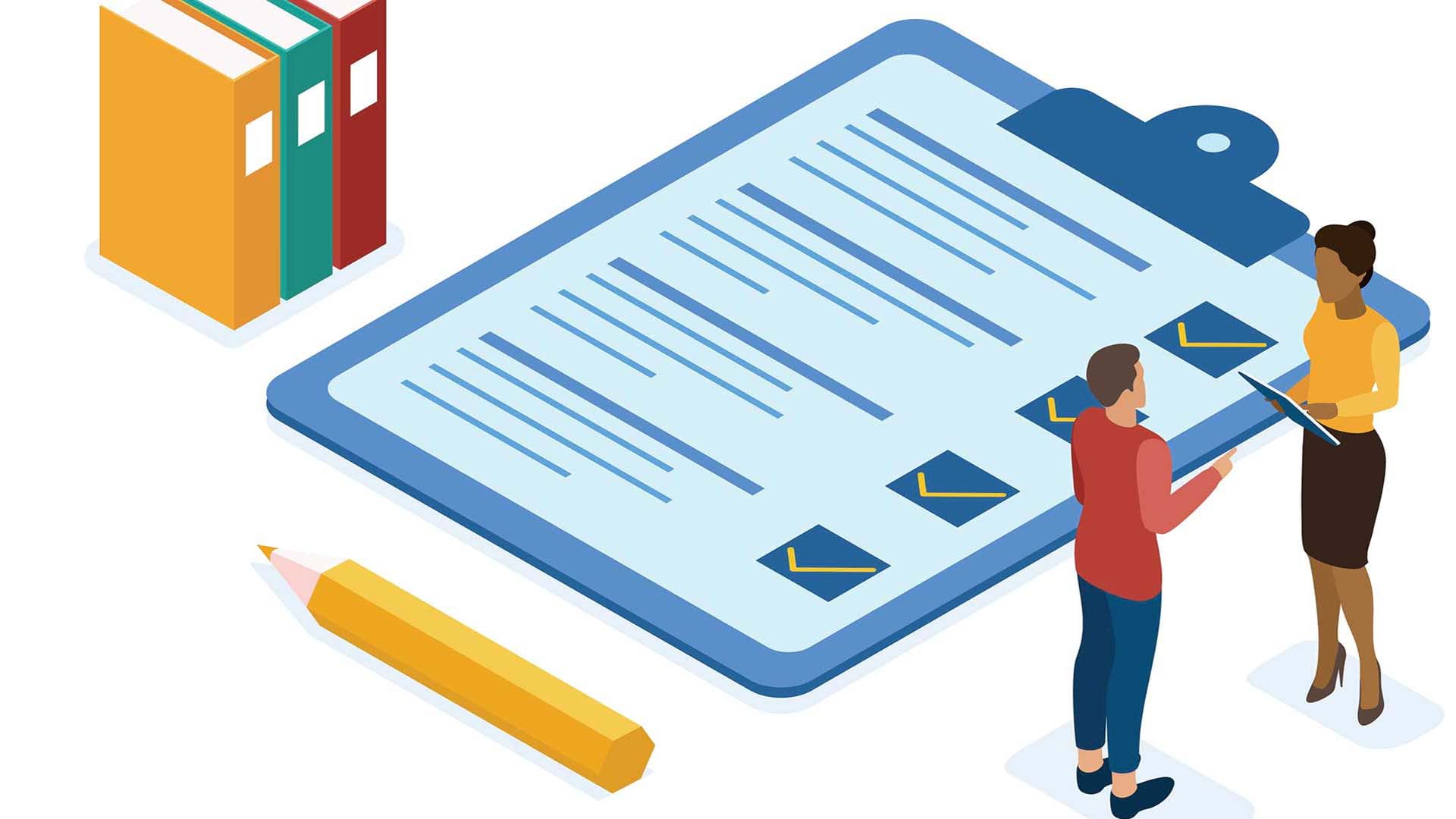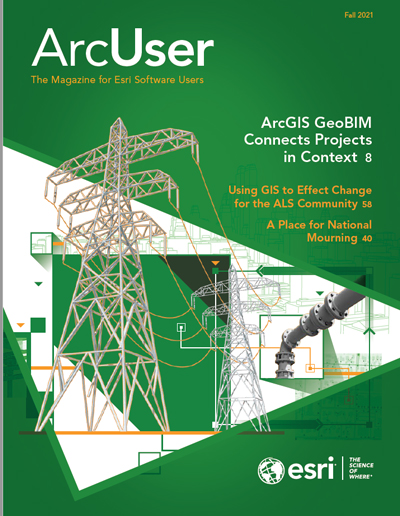Self-service has been with us for a long time—grocery stores, fast-food restaurants, gas stations…and government. It will continue to grow because it’s efficient for both the provider and the consumer of a service.
Serving the public is the government’s mission. Most governments are looking for ways to do it more efficiently by reducing phone calls and counter traffic while better meeting constituents’ needs.
It’s estimated that 80 percent of data has a spatial or location component. It makes sense that the first step in finding information is often looking at a map. Locating information using a map has lots of advantages. Maps are easy to use and understand, and communicate a lot of data.
Early attempts at self-service government often used maps. However, these were in-person processes that were cumbersome, multistep, time-consuming, and paper based. Staff would have to pore through the pages of tax, public works, zoning, water systems, or storm sewer system maps to find information. They wasted the time of everyone involved.
Locating information on a map is still often the first step, but now it is done digitally and more efficiently online. There are a lot of ways to search—by keyword, date, address, parcel number, location, and many more. For example, parcel, zoning, and flood hazard data can be overlaid so a landowner or developer can understand what restrictions exist on a specific parcel. Public-facing web maps are inexpensive to set up and can be configured to meet specific needs and use an organization’s brand and look and feel.
With ArcGIS, the web maps and apps deployed are responsive so that they are automatically configured for the best look and optimal use on a variety of devices, from smartphones to laptops. There is no longer the need to develop many device-specific versions of an application to share the same information.
Maps can answer a lot of questions, but it’s not the whole picture. The expectations for accessing services have evolved, and this trend will continue. Consumers can order nearly anything online from Amazon, access nearly any song with Spotify, and even search the Home Depot to learn where drill bits are located in the store. This type of customer experience is expected not just from business, but also from government.
There is an old saying, “People don’t want drills; they want holes,” which could be restated today as, “Constituents don’t want data; they want answers to their questions.” Information products are designed to deliver answers to common, specific questions from residents. These information products are often maps, but they can be summary statistics, analysis, and ArcGIS StoryMaps apps. With new census data, information products can now include the most current demographic data and details of analysis highlighting any demographic changes.
In March 2020, many people began working from home. People who still went to the office often found public access was limited or nonexistent. Delivering information to residents became more difficult. Lacking technical and financial resources, many organizations turned to ArcGIS Hub to deliver maps and information products in a way that was resident-centric and easy to use.
ArcGIS Hub is an easy-to-configure community engagement platform that organizes apps, information products, and data. It can deliver tools and information about initiatives, such as a reassessment project or road closure. Because it is configurable, ArcGIS Hub enables governments and members of the community to add apps, maps, data, analytics, statistics, forms, and other capabilities as the need arises. Previously, updating public websites required programming. As new apps are deployed and older apps retired, ArcGIS Hub is easily updated because it’s cloud-based software as a service (SaaS).
Hub sites turn all devices into information kiosks. Because ArcGIS Hub is responsive, it delivers current information and data on any device so residents can quickly find answers to their questions. It also allows an organization to open a two-way conversation with residents or crowdsource information. ArcGIS Hub delivers maps and apps in a well-organized, fast, and efficient manner.
Simple online map-based applications like pothole reporters have been around for a long time, but more advanced applications can help residents with tasks such as filing a valuation/tax appeal. This reduces taxpayer visits to government offices.
Residents’ expectations for immediate access to current information and answers to questions is now the standard. By organizing public-facing maps and apps with ArcGIS Hub, governments can reduce phone calls and office visits and deliver a modern self-service experience.
Self-service government begins with GIS.
Explore this gallery of ArcGIS Hub templates to see how others are using GIS for self-service government.





